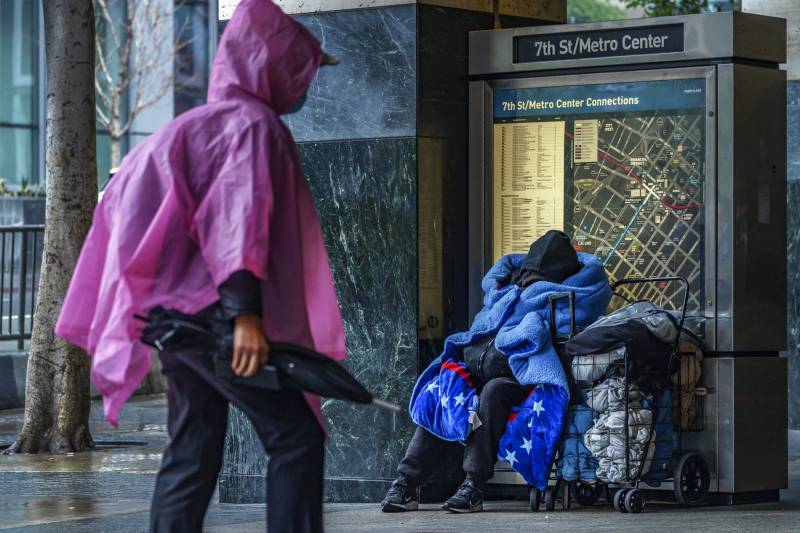With modern home prices out of reach for many California residents on fixed incomes, older adults have become the fastest-growing segment of the unhoused population across the state, according to new research released Tuesday from UCSF.
California makes up 30% of the nation’s unhoused population and is home to half of all the country’s unsheltered population, according to the landmark study, which looks at how people in the Golden State become unhoused, experience homelessness, and exit homelessness. Nearly half of all unhoused adults in the study were age 50 or older, and Black and Native American residents were “dramatically overrepresented,” the study shows.
“The results of the study confirm that far too many Californians experience homelessness because they cannot afford housing,” said Dr. Margot Kushel, director of the UCSF Benioff Homelessness and Housing Initiative and principal investigator of the landmark study.
The year-long study included responses from a sample of nearly 3,200 unhoused participants who together are representative of all adults experiencing homelessness statewide.

